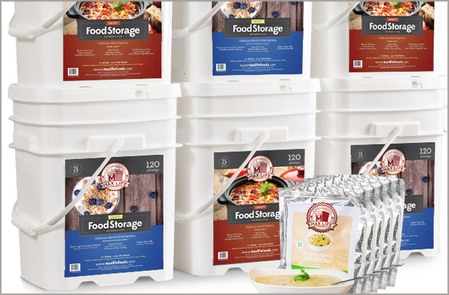
At MaxLife, we take a unique and innovative approach to long-term food storage and emergency preparedness. Our ready-made entrees include both freeze-dried and dehydrated components, depending upon the food component.
Through extensive evaluation, research and testing, we have combined both freeze-dried and dehydrated products together to ensure optimal taste, texture and nutritional value. Expensive ingredients such as peas and other vegetables are generally freeze-dried. Other ingredients like noodles and rice actually taste better when dehydrated.
Freeze-Dry and Dehydration Advantages:
The Freeze-Dry Process
In freeze-drying, the product is first flash frozen and then placed in a vacuum drying chamber. This process removes the majority of the water and moistening without affecting the taste, color, form or nutritional value of the food item.
The Dehydration Process
In dehydration, food product moves through a drying chamber where air removes the moisture from the food. This occurs at low temperatures so that the nutritional profile stays intact.